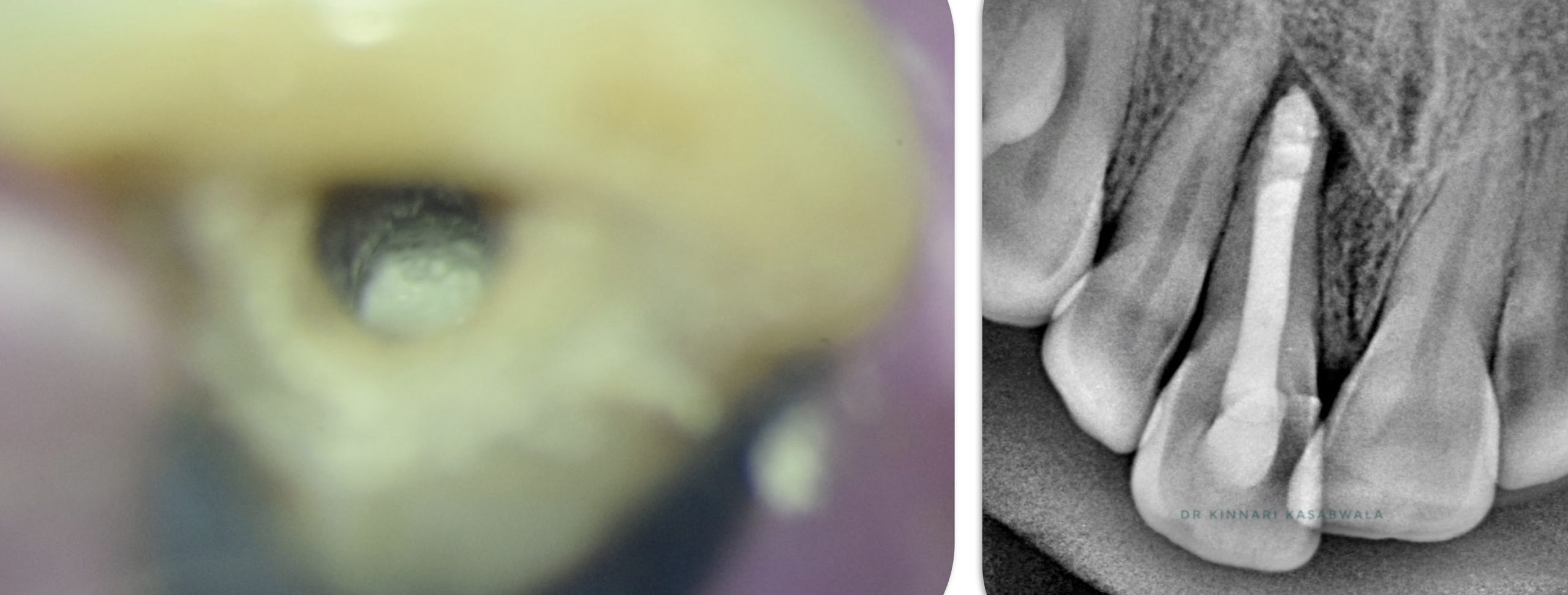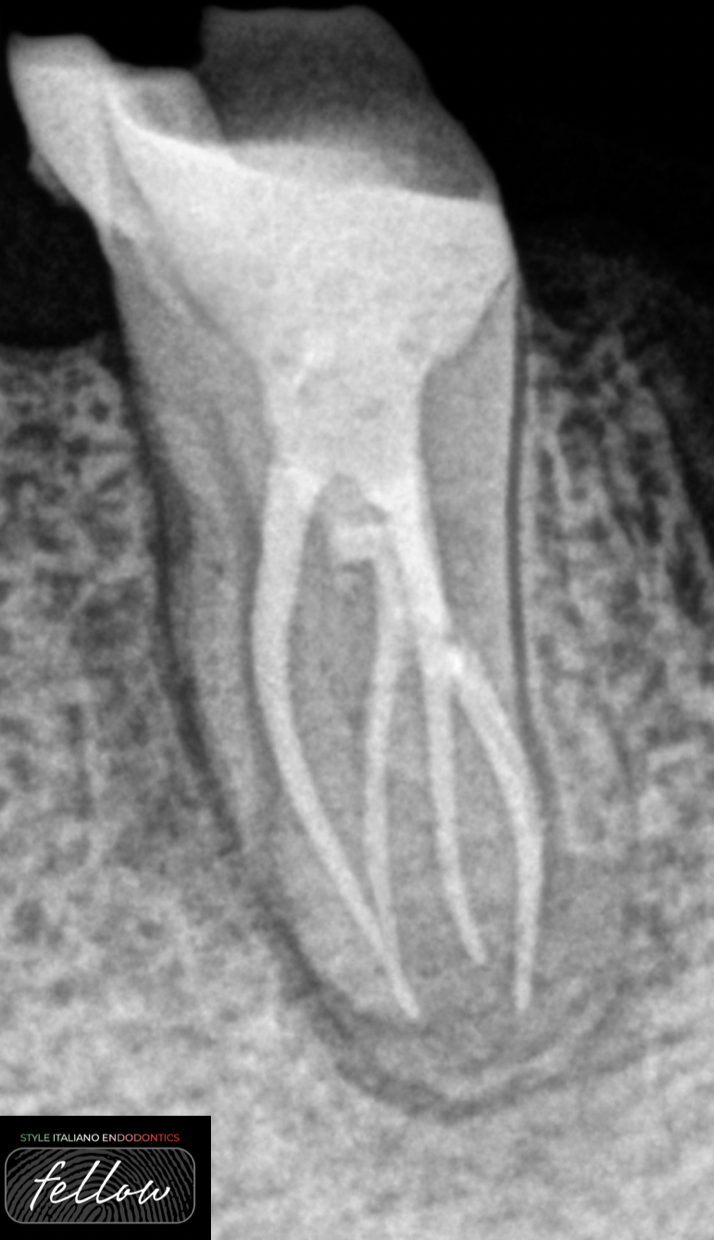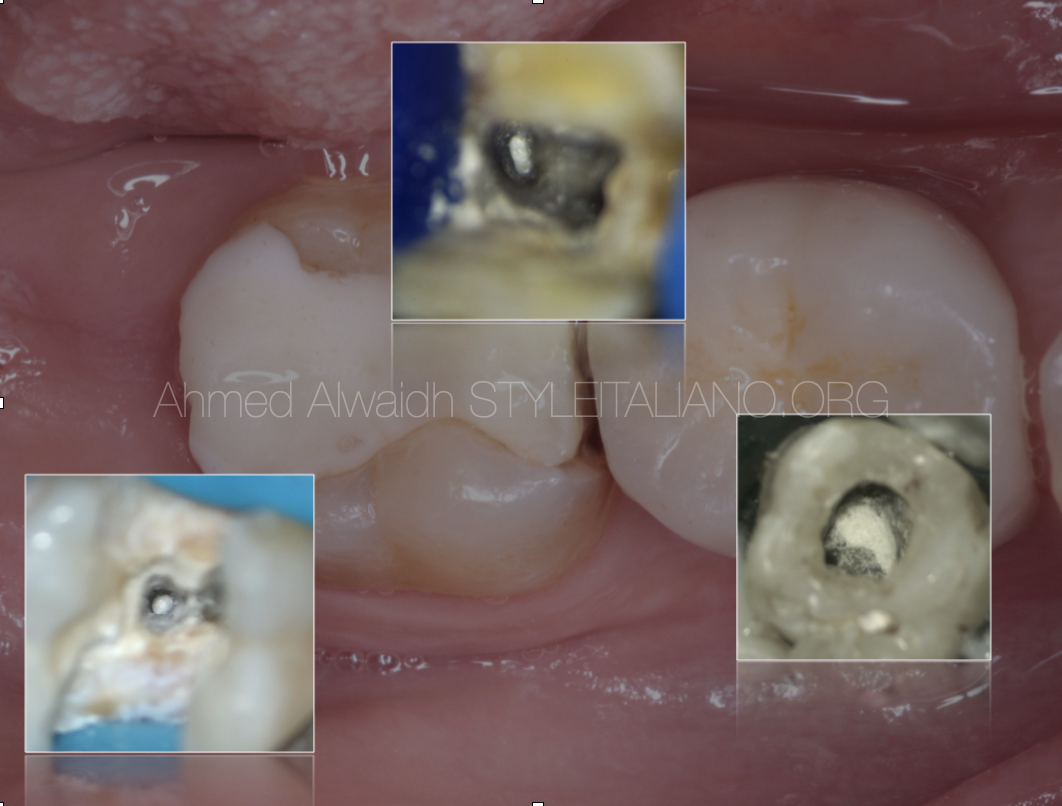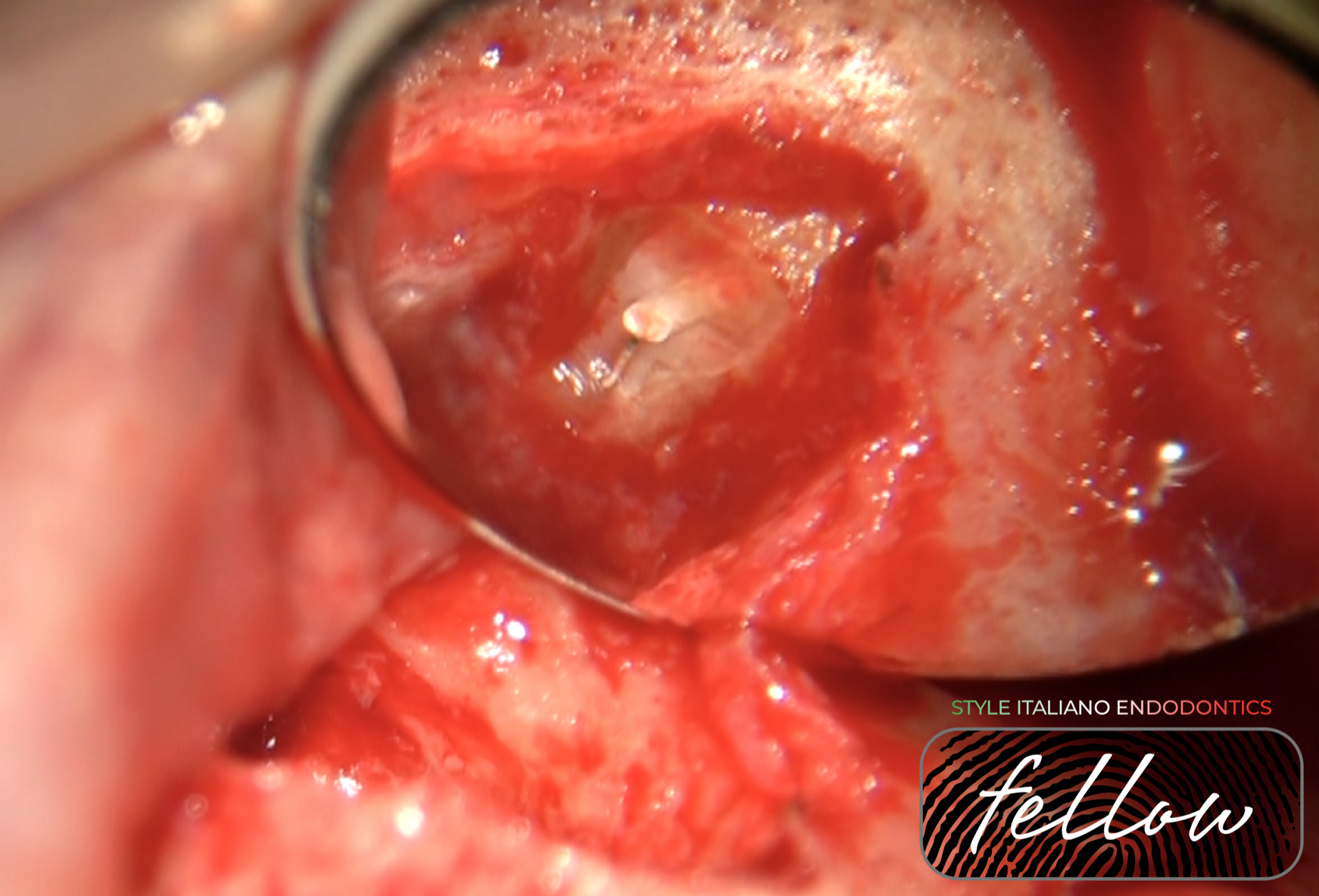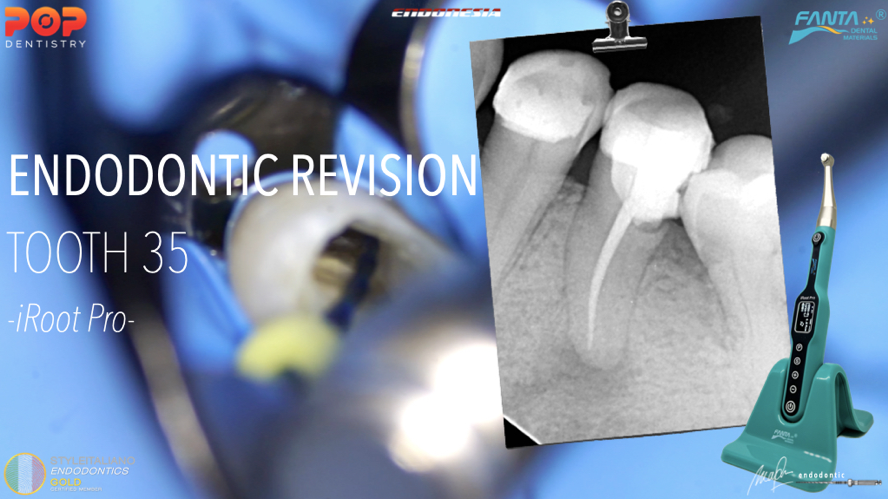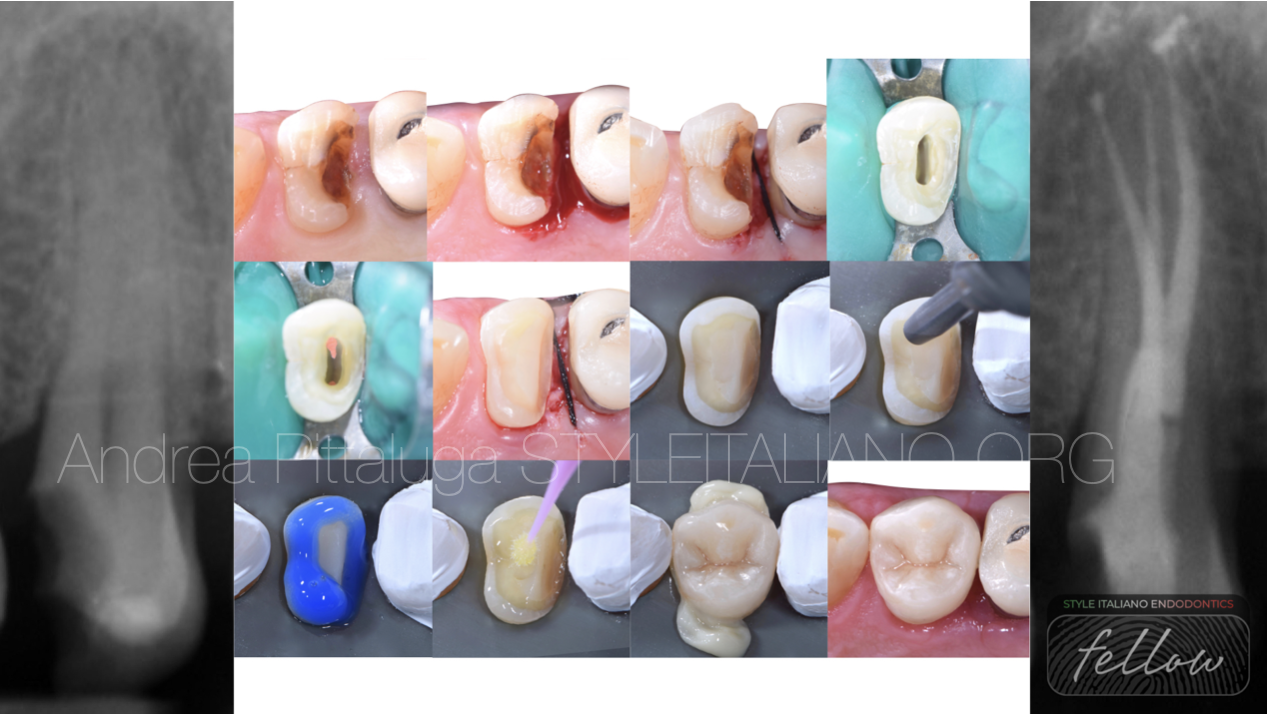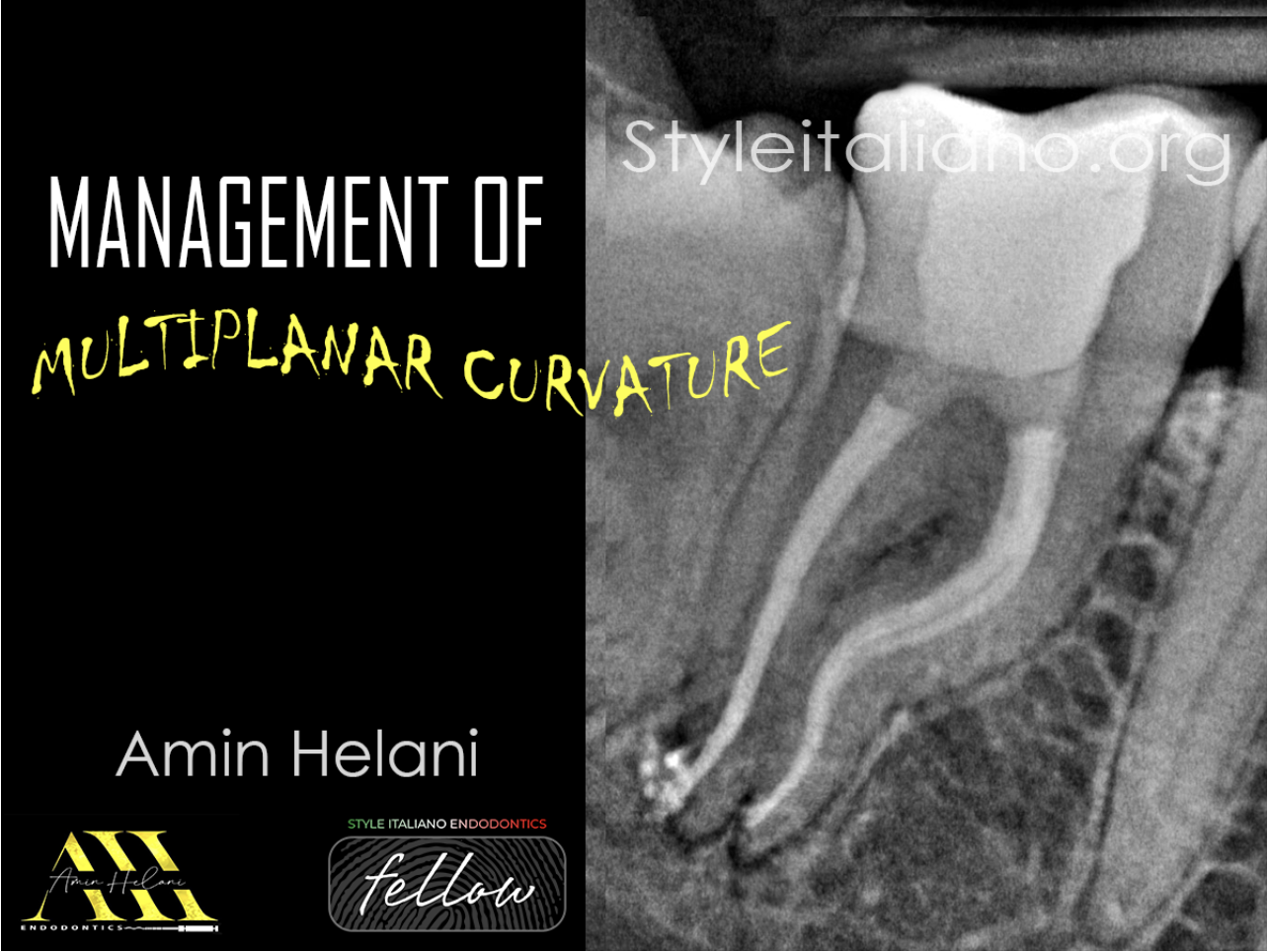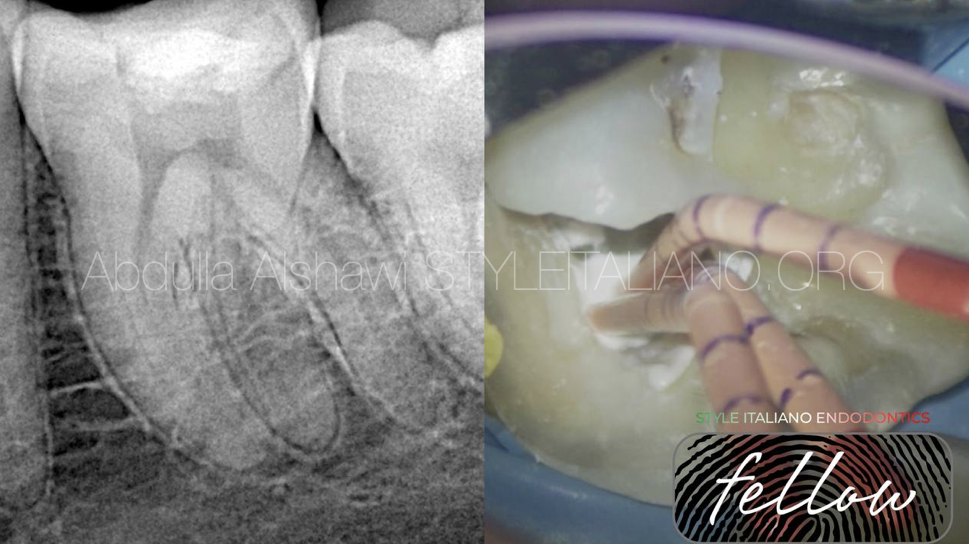The main canals in the mesial root of lower molars are the mesiobuccal and mesiolingual canals. A middle mesial canal (MMC) sometimes is present in the developmental groove between the other mesial canals. The presence of middle mesial canal in the range of 4-28 % is recorded and divided into three types: INDEPENDENT, CONFLUENT, AND […]


